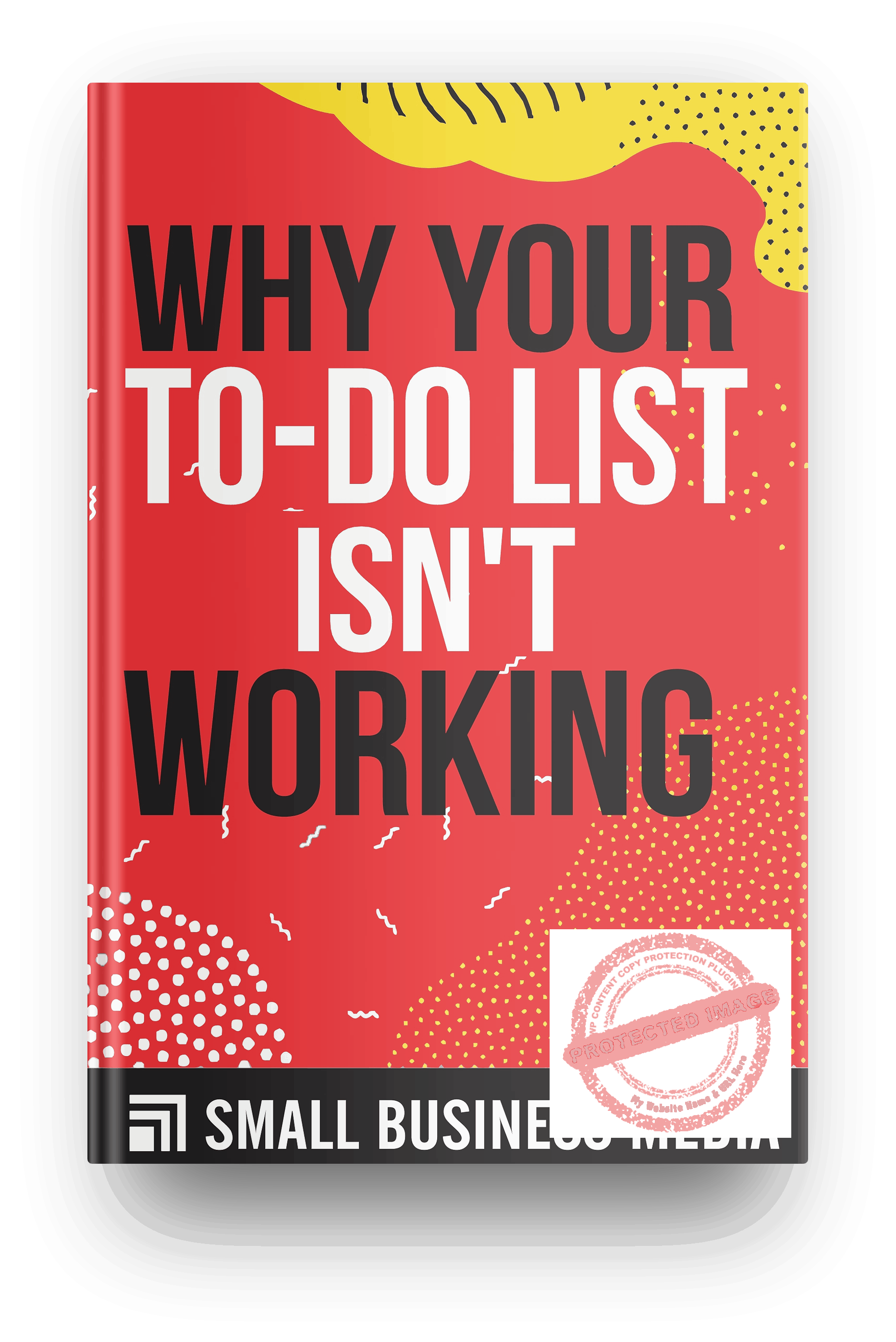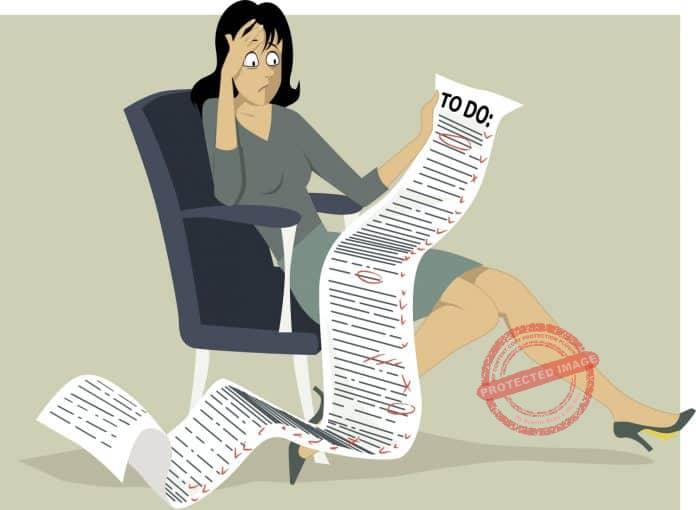Are you wondering why your to-do list isn’t working?
Probably there are things you aren’t getting right yet.
Read through the tips in this article and learn how you can create a great to-do list to help improve your productivity.
There are people who struggle with finishing their tasks.
But there are a lot more out there who struggle with the phase before that.
For people who don’t know what they’re supposed to be doing, the solution is a popular one: creating a to-do list.
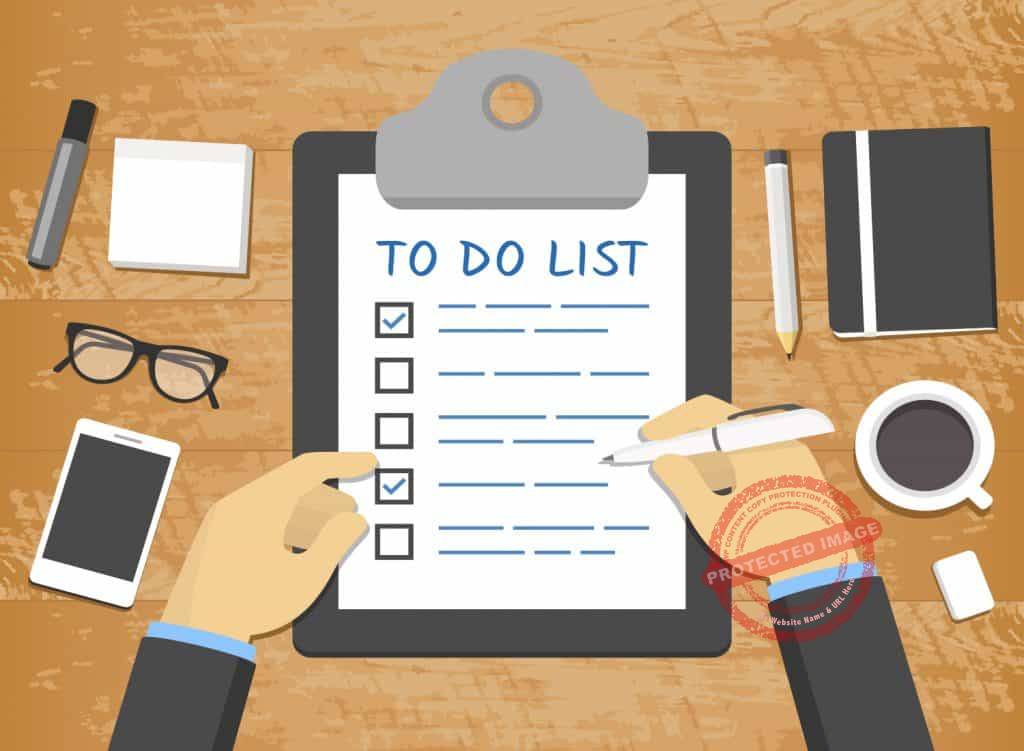
To-do lists provide the simplest solution to a common problem.
All you need to do is to think about the order of priority for your upcoming tasks.
Next is to write these tasks in the order of this priority on a piece of paper.
Lastly, you place it somewhere where you will be reminded of it, and cross each task out as you complete it.
For most people, to-do lists help keep them in check.
In fact, some people claim that creating a list has made them more productive.
Why Your to Do List Isn’t Working
Psychology Of To-Do Lists
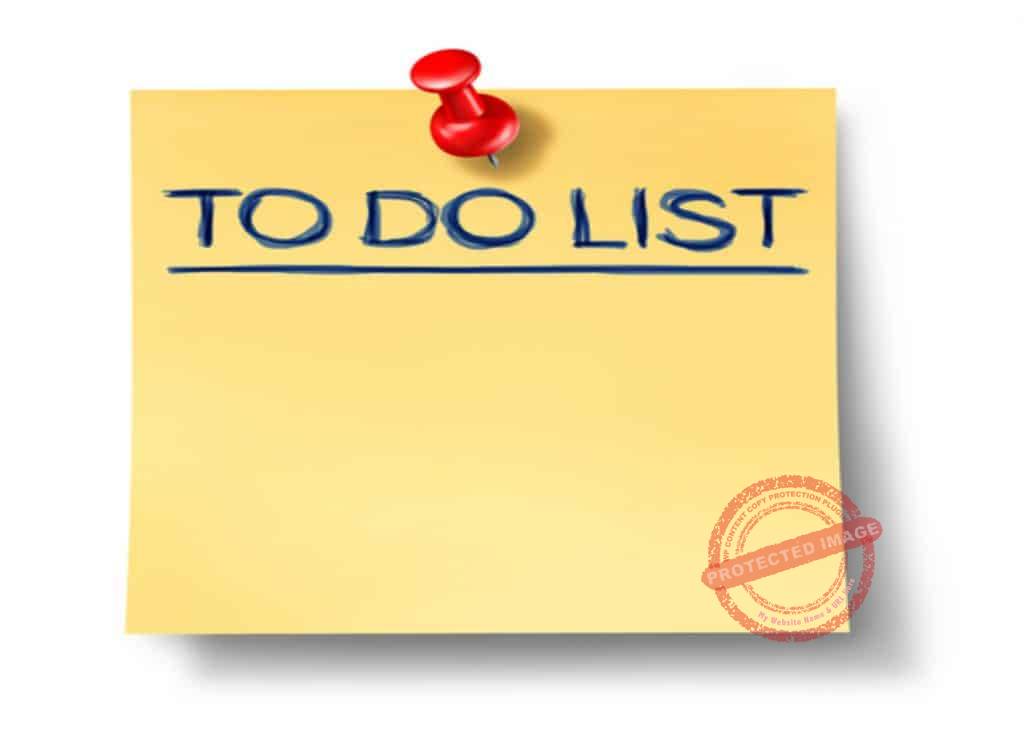
While some people are skeptical about the benefits of to-do lists, never mind creating them, science is lending a hand on the subject.
Dr. David Cohen, a Psychologist, explains the psychology of to-do lists.
He says that people love to create to-do lists because it helps them achieve three things:
- It helps to minimize anxiety brought about by chaos.
- To-do lists make their lives more organized.
- To-do lists facilitate the feeling of achievement as the task items get ticked off one by one.
But do tasks really have to be on a list?
Can they not simply be remembered?

In the early 20th century, a Russian psychologist named Bluma Zeigarnik proposed that people remember uncompleted or ongoing tasks better than completed ones.
Her theory is now known as the ‘Zeigarnik effect’ and is now being used in Gestalt Psychology.
The Zeigarnik effect is best illustrated in the restaurant setting where waiters are made to take customers’ orders.
It was discovered that waiters remember what dishes are yet to be served than those that have already gone out.
So in theory, once a task is completed, the brain loses itself and lets such information go.
Why Do People Create To-Do Lists?
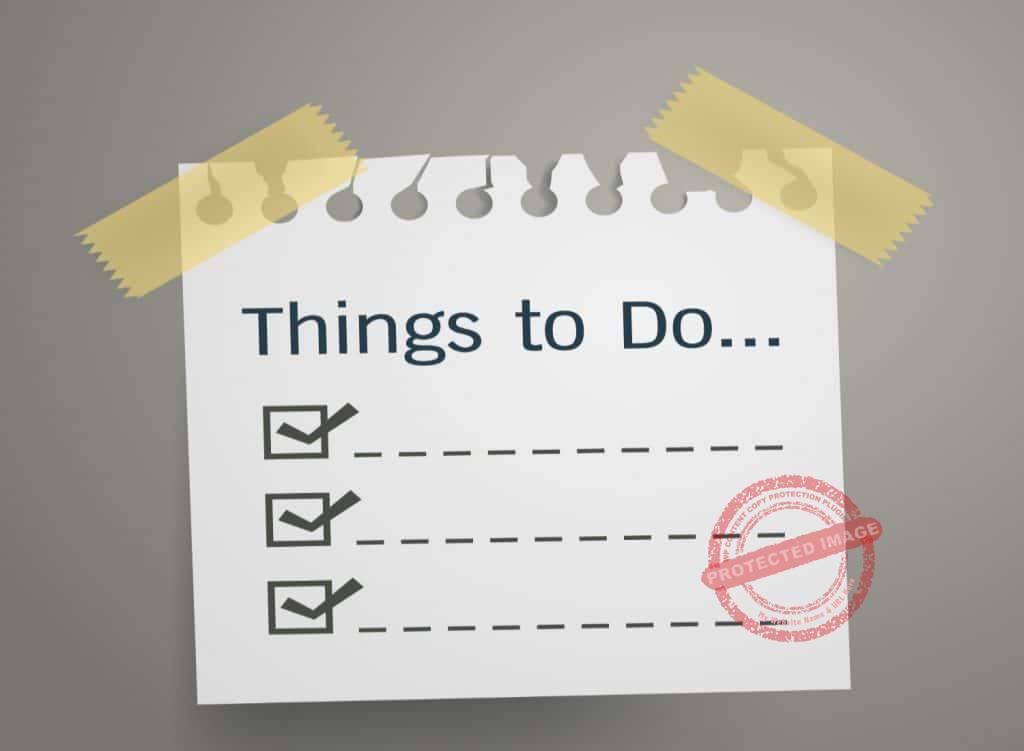
A more recent study was done by E.J. Masiscampo and Roy F. Baumeister from Wake Forest University.
They discovered from the study that actually having a plan when it comes to completing an upcoming task relieves a person from anxiety.
However, that plan has to be made in written form.
But apart from relief from anxiety, what else drives people to create to-do lists?
1. People Learn How To Create A To-Do List To Be More Organized

By making things more organized, they become more manageable.
Around the world, people feel overwhelmed by the amount of work they have to complete in a given day, week, or month.
By creating a plan on how to accomplish each item in their workload, they feel that they are more in control and focused.
2. To-do Lists Help Improve Memory
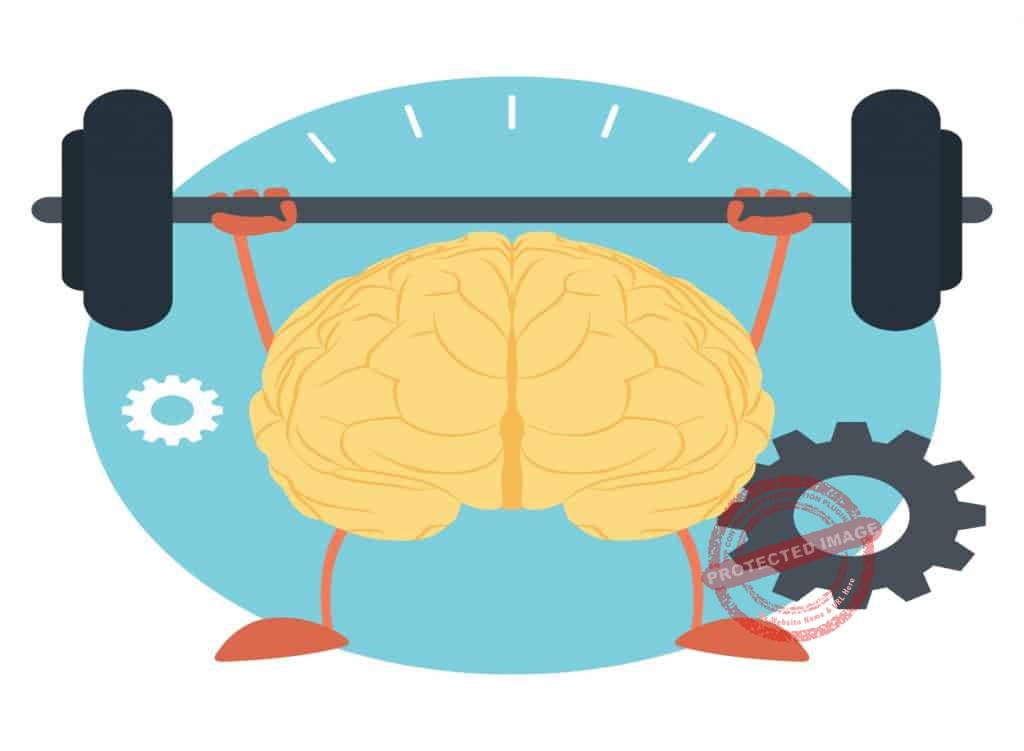
Science says that a human being’s short-term memory can hold a maximum of seven pieces of information for only 30 seconds.
More than that, most people naturally forget things.
By having a to-do list, you’ll have a sidekick – one that externally reminds you of what you ought to be doing at the moment.
3. People Learn How To Create A To-Do List To Be More Productive

The keys to productivity are energy allotment and prioritization.
It has been proven that a to-do list containing a set of items listed in order of priority helps people to be more productive in what they do.
This being that the appropriate amount of physical, emotional, mental, and spiritual energy is devoted to tasks that are considered a priority.
4. To-Do Lists Help Sustain Motivation

In terms of goal achievement, to-do lists are making a contribution.
Motivational speakers acknowledge that to-do lists help clarify a person’s goals.
It’s not enough to aim for a promotion.
It’s better to have a plan to get there – a step-by-step strategy of the things you need to do to get closer and to eventually achieve that promotion.
Why Do Some People Refuse To Create To-Do Lists?
Despite the benefits of having a to-do list, some are still skeptical about creating and using a to-do list.
Here are some of the reasons for this.
1. Time Estimation Issues
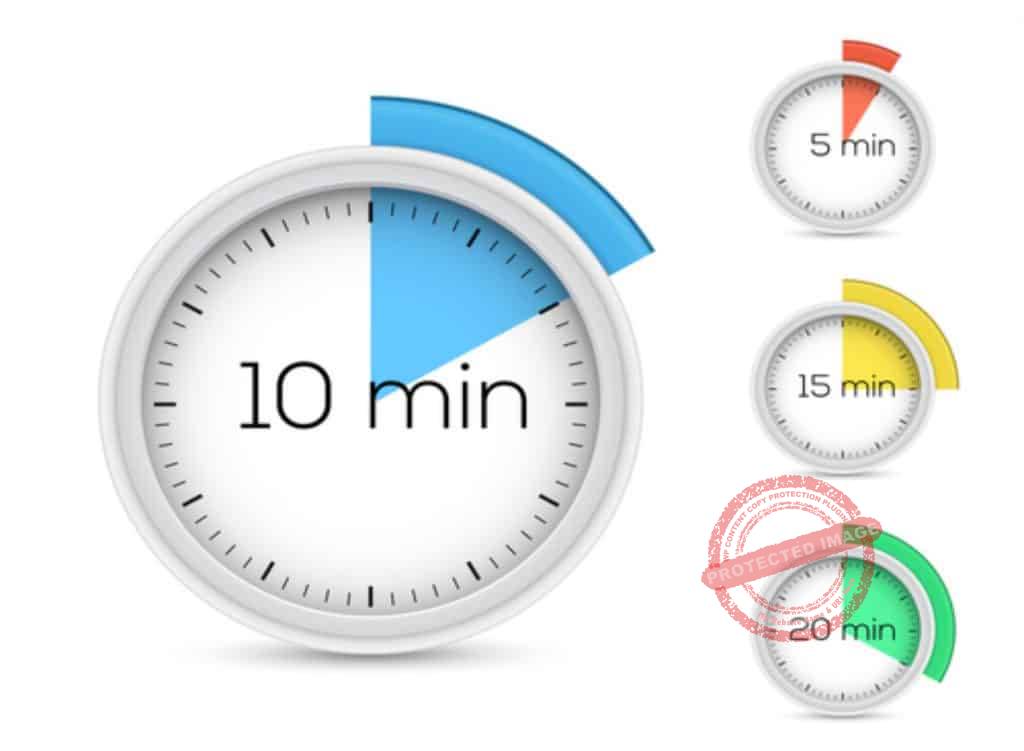
For example, an item on your to-do list says that by 3 PM, your social media report, which you’re doing right now, should have been handed to your boss.
It’s now 2:45 PM, and you’re still far from writing your recommendations.
If this happens, then the rest of the items on your list for the day will have to be moved at a later time.
What will you do?
2. To-Do List Items Are Not Always Completed
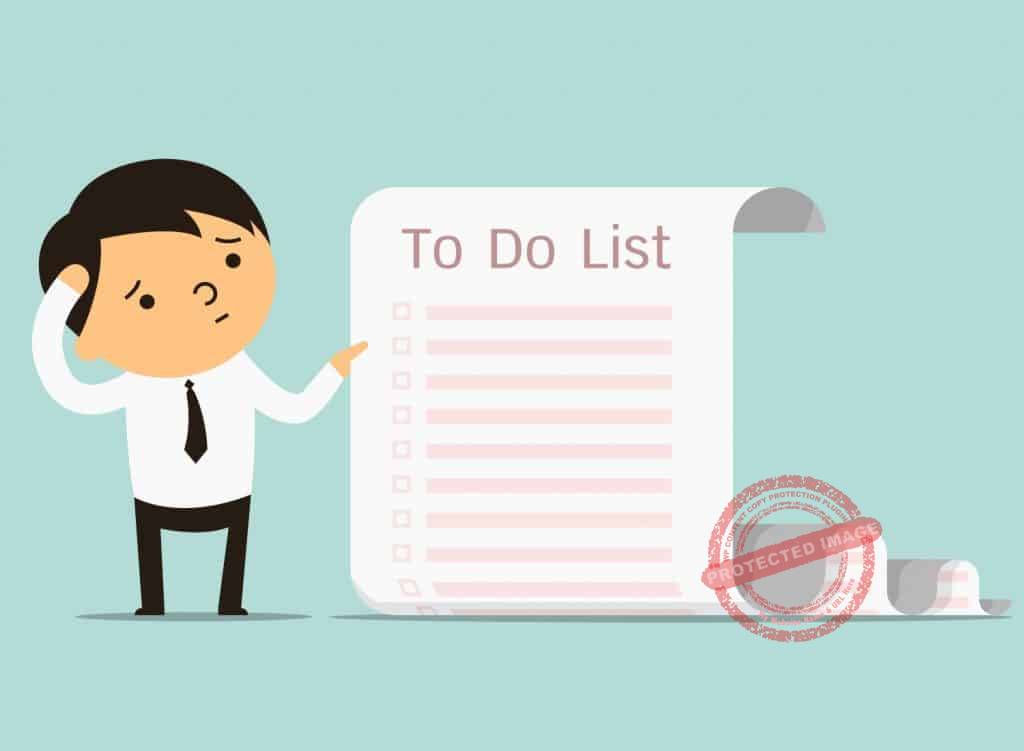
Following the above scenario, you know that you have to leave the office by 5 PM.
You managed to finish your report at 3:20 PM.
You still have two reports to prepare.
Chances are, you may opt to deal with both reports by starting on one now and then finishing it tomorrow, along with the last one.
3. To-Do Lists Do Not Tell You Exactly How To Do Things

What happens if despite you having a plan of attack on each of the items on your list, you receive word about a change in instructions?
Will your time estimation be able to cover for a change of strategy?
What if that change in strategy causes you to double the time you’ll spend on a task item?
And what if that task item is priority A?
Critics of creating a list have a point.
But those do not totally eclipse the fact that to-do lists work for some people.
What makes it work for them?
Why To-Do Lists Work
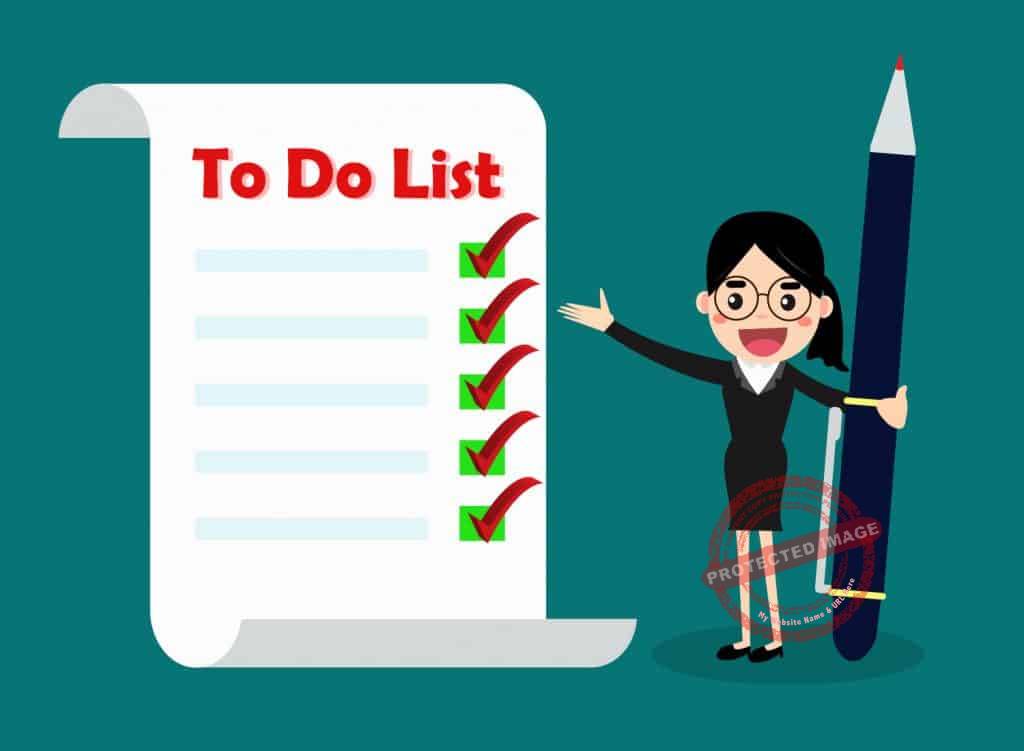
A productive to-do list works if the right elements are involved which are time, and the person creating that list (you)
The elements will be discussed in a later section.
For this section, the focus will be on the creator of the list.
1. Know-How To Classify Your Tasks Into Priority Levels

You can have your own criteria for classifying your tasks.
But for illustration purposes, think about the time management matrix.
The matrix looks like this:
| URGENT
| NOT URGENT | |
| IMPORTANT
| Quadrant 1 | Quadrant 2 |
| NOT IMPORTANT
| Quadrant 3 | Quadrant 4 |
Understandably, anything you put on Quadrant 1 is important and has to be addressed urgently.
The concept of urgency depends on how your organization interprets the value of time.
But the same cannot be said for the items on Quadrant 4.
However, this doesn’t mean that the items are not at all important.
It may just mean that it’s a long-term goal for now, and has to be eventually addressed in the future.
2. Know How To Act On Priority Tasks
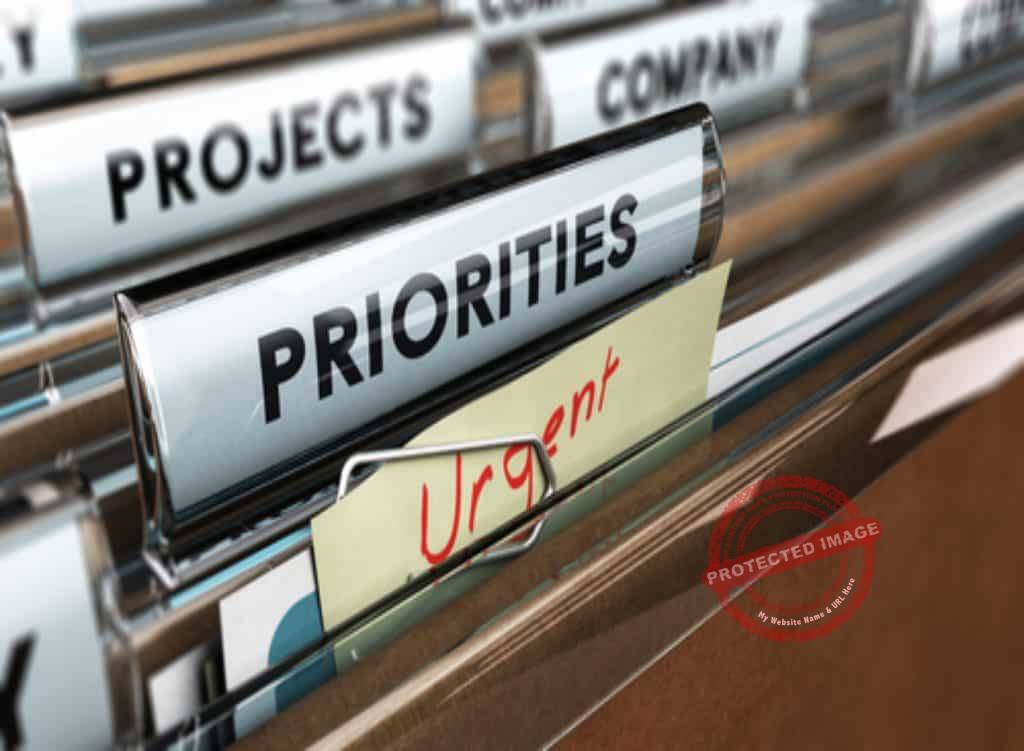
This has to do more with your habits as you go about your day.
- If multiple tasks have competing priorities and are all due today, how will you manage those?
- Do you do these first, knowing that smaller daily tasks like emails and phone calls are waiting?
- Or do you finish the smaller daily tasks first to get them out of the way, allowing you to have the rest of your time ticking off the big tasks?
3. Know What To Leave Out Of Your List

When creating a productive to-do list, you may find out that you’re putting everything into it.
If you do, you’re not alone.
A lot of people mistake a to-do list to be a single huge list of everything such as a to-do list for the house, office, school, etc.
The trick is to be able to create separate types of to-do lists for each.
4. Don’t Forget To Review The Unticked Items From Your List
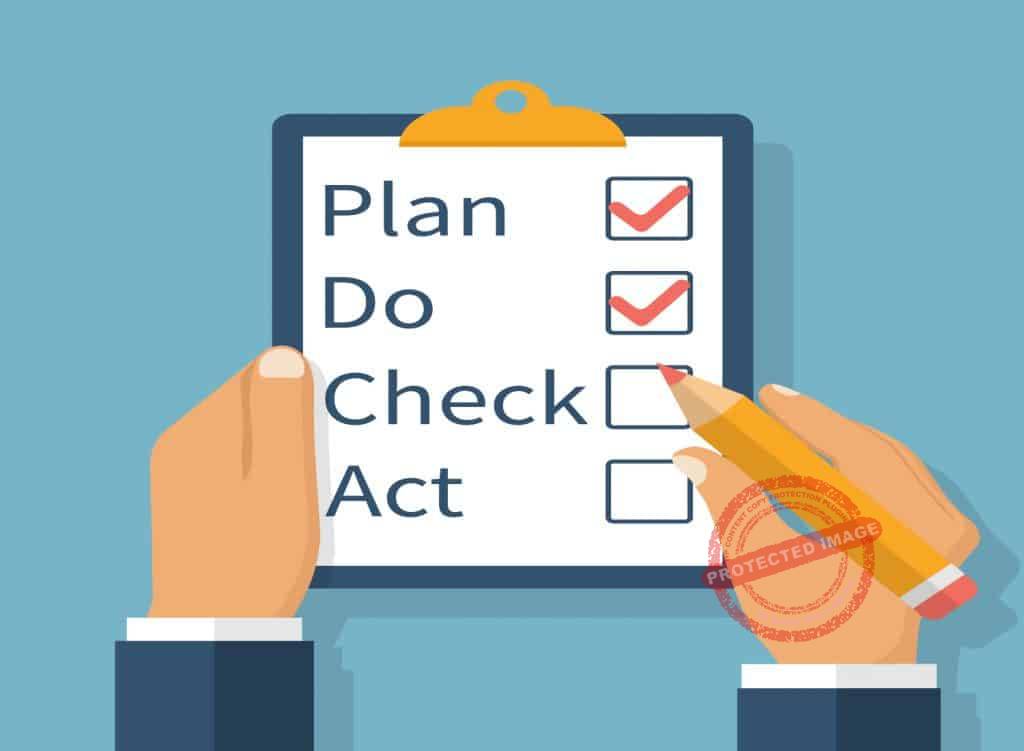
Even an effective to-do list may contain some unfinished tasks.
If this happens, will you be willing to reflect and see why?
What can you do to avoid the same thing from happening again?
Creating and sticking to a to-do list is an ongoing process.
There are days when you have a lot of time.
However, there are also days when things just get crazy that you simply forget things.
It’s just the way it is.
Time is something that you can and cannot control, depending on where you are.
But are there other reasons your to-do list is just not working.
It may be one of these reasons.
Why Your To-Do List Isn’t Working
1. Your To-Do List Is Actually A Wish List
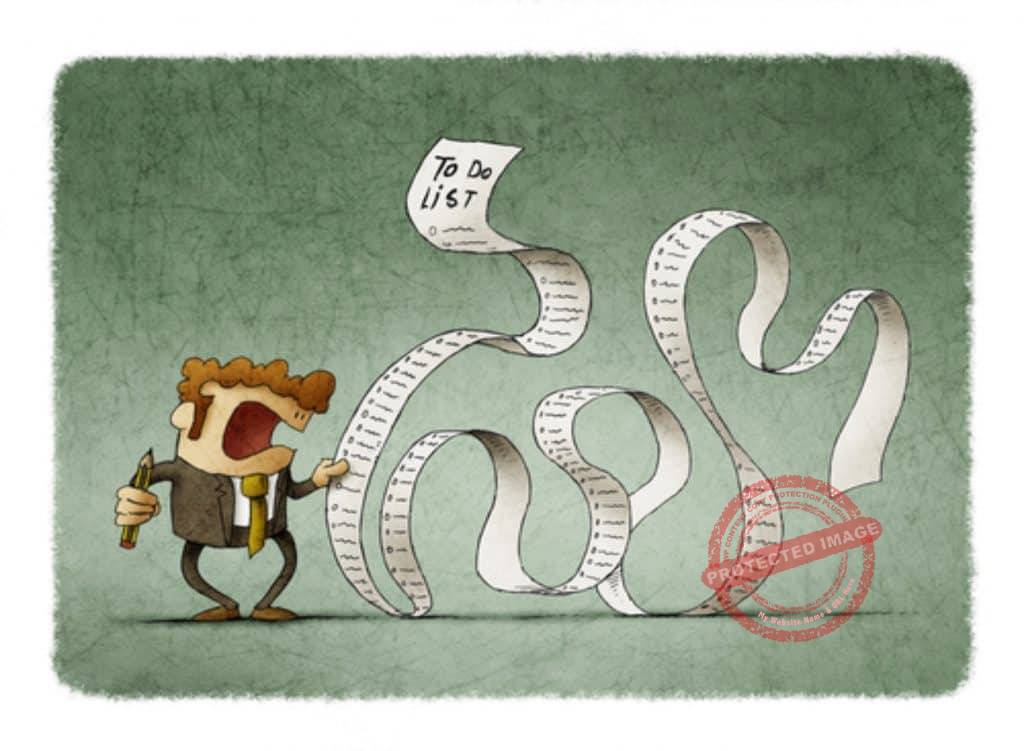
An effective to-do list helps you achieve a goal, not itemize your wishes.
Categorization is one of the ways to manage your to-do list.
As mentioned above, you have to draw the line between your work to-do list and your personal, family, social, lifestyle, etc. to-do lists.
As you categorize, remember to only include actionable items on your list given the timeframe you’re working on.
For example, if you’re creating a to-do list for the week, then the items on your list should only include items that you can really tick off by the end of the week.
2. Your Prioritization Strategy Is Wrong
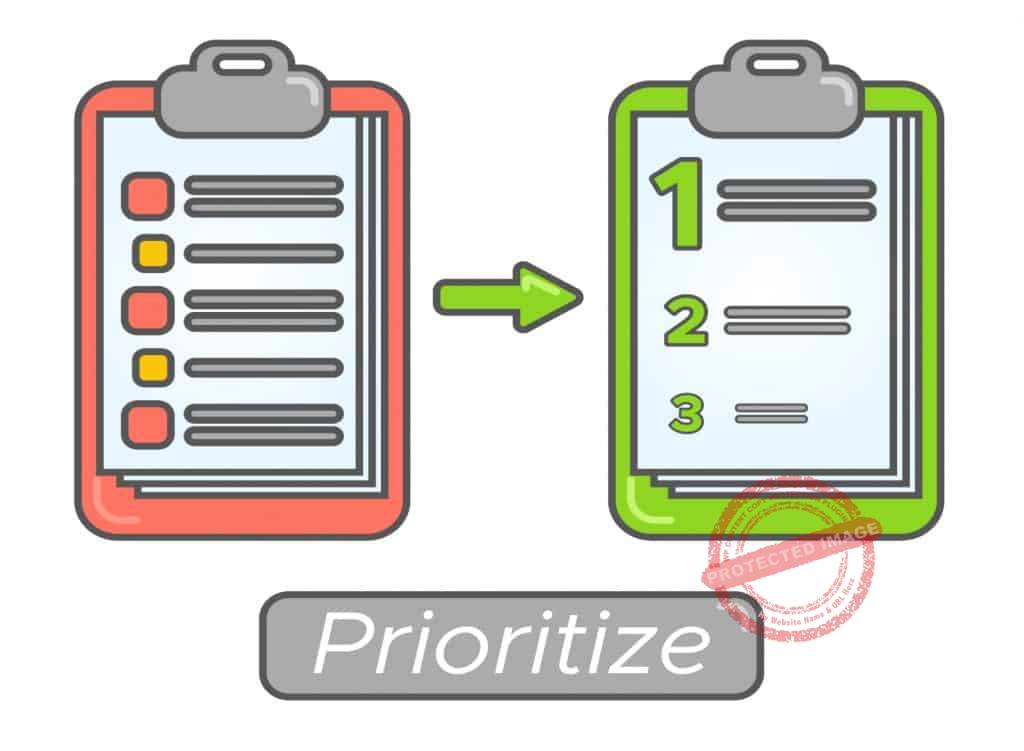
Prioritization is actually one of the to-do list strategies.
A priority task is something that you need to get done no matter what.
That’s especially if it’s commanded by a deadline.
Remember that prioritization is one of the ways to manage your to-do list.
It goes hand in hand with productivity.
And how fast and accurate you complete a priority task indicates your efficiency.
3. You Don’t Know The Difference Between A Project And A Task

One of the reasons why your to-do list isn’t working is that it’s not really made up of tasks.
Instead, it’s made up of projects.
The difference is that a project is composed of multiple tasks, while a task is just that.
Another difference is that a project takes a longer time-frame to complete than a task.
So if the tasks under a project are the same items that go on your to-do list, would your list qualify as a to-do list?
The answer is ‘yes.’
Let’s examine these texts below; it highlights the difference between writing a project from writing a to-do list.
‘Take the team on a trip to France’
- Call a meeting to confirm travel availability.
- Call travel agent to confirm flight availability.
- Talk to assistant to work out expenses.
The former is a project while the latter is a to-do list.
4. You Forget To Consult And To Schedule Your Tasks In Your Calendar

Writing a to-do list that works involves synchronization with your calendar.
Why?
Everything on your to-do list should be accommodated by your calendar.
Besides, given that the items on your list are a priority, they should make up the time blocks on your calendar.
So if there’s an item in your calendar that conflicts with any of the items on your list, you should be aware of it and make the necessary adjustments.
5. You Don’t Add Time Estimations

We mentioned about time estimates being just that.
However, having an estimate about the length of time a task can be done helps you see how much you can handle in a given day.
The truth is, some of your priority tasks may eat up your entire day, while some are over in just five minutes.
This tells you that priority tasks do not necessarily take up as much time.
They just needed to be done.
Speaking of time estimations, you should also remember to allow a buffer time for unforeseen circumstances.
These circumstances may be as simple as taking a call on the side, taking the elevator to your boss’s office, and so on.
6. Relegating A Task To A To-Do List When You Could Just Be Acting On It
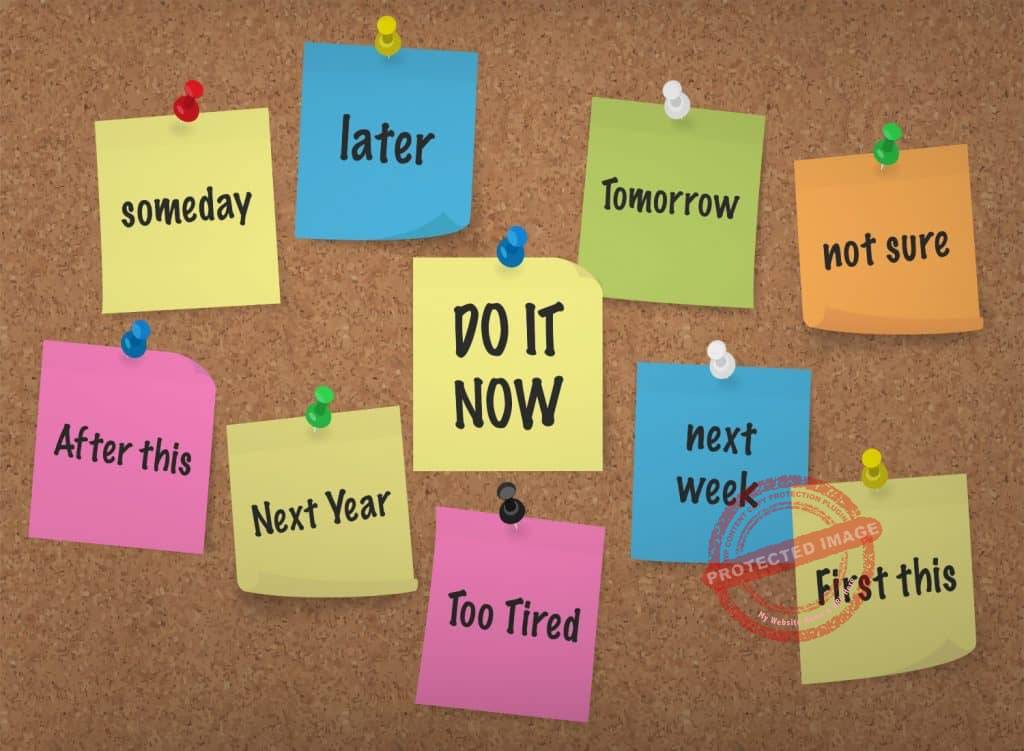
Procrastination is the enemy to a to-do list.
It’s one of the main reasons why your to-do list isn’t working.
If something comes up and you know that you have the time to do it, why put it in a to-do list and not act on it now?
This habit of procrastinating and staying dependent on a to-do list entry only serves to add up to what you need to do.
While having a lot of things to do is a good sign that you’re giving your tasks some creative thought, it can also be a sign that you’re putting something off.
7. You’re With The Wrong People

Some people are just toxic.
They just drain your energy.
Remember that one of the things you need to last the day is energy.
If you’re hanging out with people who drain your energy and also weaken your commitment to acting on your to-do list, then you’re better off being alone.
Another thing you can do is to always be in the company of like-minded people.
8. You Don’t Take A Break

Including the time for you to take a rest is one way on how to write a better to-do list.
As you move from one task to another, you use energy.
If you use enough of your energy, you tap on your body’s reserve.
If that reserve is exhausted, then you get tired.
When you’re tired, you know that you need to replenish your energy.
So in as much as your task is a priority and a must-do, you should also learn how to look after the only element that makes things happen: yourself.
Just as you have to take care of your body because it’s the only thing you need to live, you also need to look after it because you need to get things done.
9. You’ve Forgotten To Ask ‘Why?’
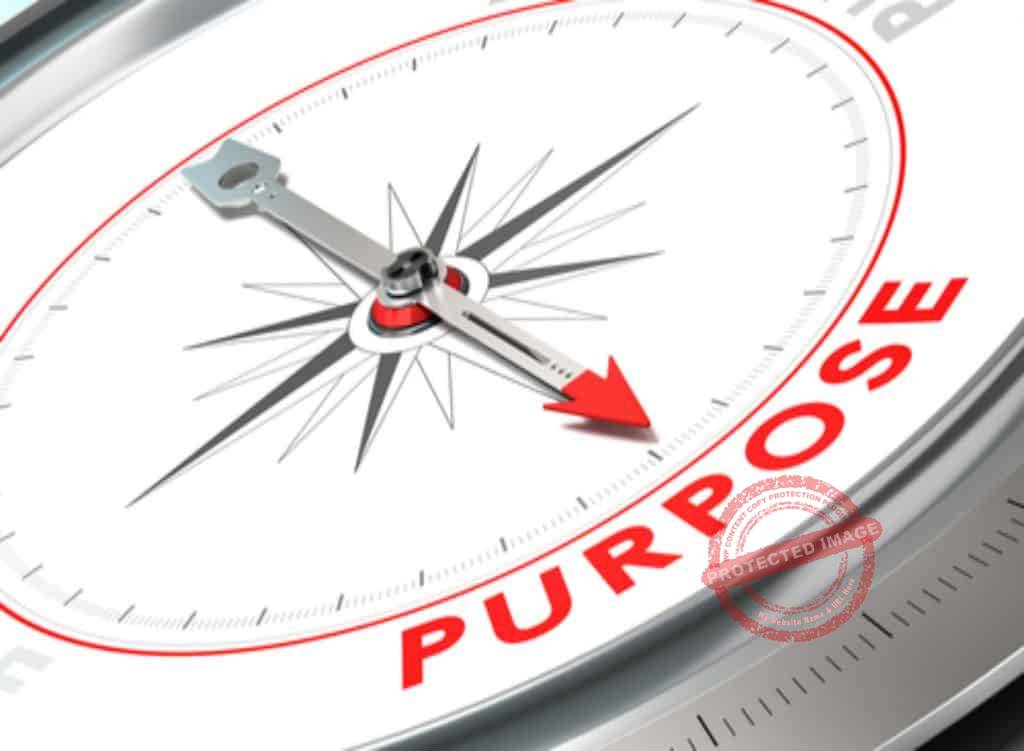
Let your purpose guide you on how to write a better to-do list.
If you don’t know why you’re creating a to-do list in the first place, then you won’t have any reason for accomplishing it.
As a member or head of an organization, you know that everything that you do is influenced by your goals.
So whatever it is that’s on your list, it has to be tied to that goal in order for it to make sense.
10. You Don’t Review Your List

After everything’s been done, do you simply discard that list of yours?
On one hand, did you know that reviewing your to-do list helps you project where you are in the grand scheme of things?
It also helps to find out about what else needs to be done, and how else you can manage your time better
Reviewing a to-do list that’s already completed makes you feel accomplished.
It makes you feel proud to have pulled something off (especially if it’s your first time).
Also, it gives you more sense of control.
So give yourself the credit and savor this small milestone.
Using To-Do List Apps

Well, technology does allow people to do almost everything online.
If you’re a person who doesn’t mind not having the satisfaction of actually scratching off a completed task from a list, you’ll benefit from one of these to-do list apps.
But before you can subscribe to any of them, know that to-do list apps should teach you
- How to write a better to-do list,
- Offer different types of to-do lists to suit your goals,
- It must have a clear interface,
- It must offer you a way to grow through to-do list strategies, and most of all,
- Offer you ways to organize your tasks.
So, here are some recommended to-do list apps:
- 2Do
- do
- Apple Reminders
- Bear
- Casual
- Checklist
- Eisenhower
- Evernote
- Google Keep
- Google Tasks
- Habitica
- I Done This
- Ike
- Ikiru
- Keep & Share
- Microsoft To-Do
- Notion
- Nozbe
- OmniFocus
- Remember The Milk
- SomToDo
- Swipes
- TeuxDeux
- Things
- TickTick
- Todoist
- ToodleDo
- WeDo
- Wunderlist
- Txt
You should possibly now be able to create a to-do list that works perfectly for your day to day activities.
Do you have any comments? Share your thoughts using the comments box.
Thank you.
Click on Buy Now For a PDF Version of This Blog Post
 |
